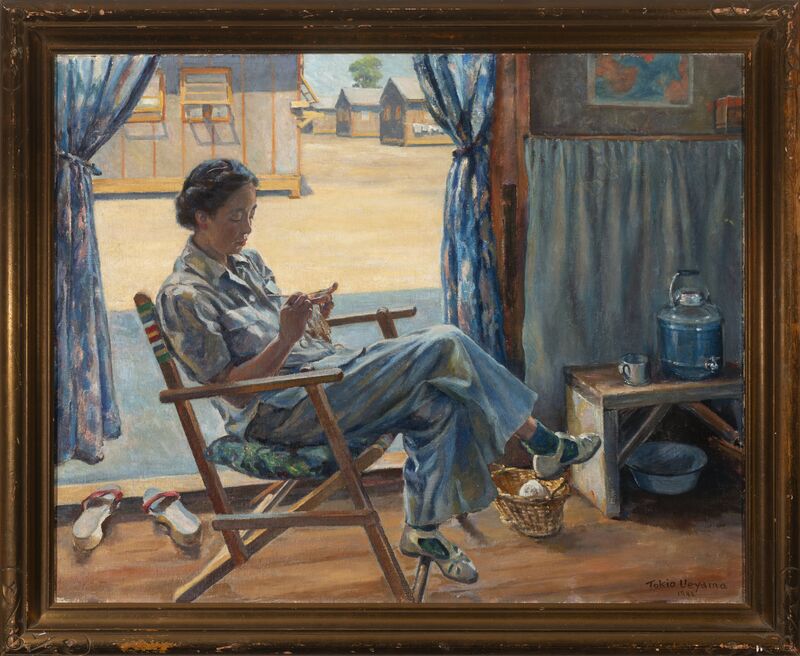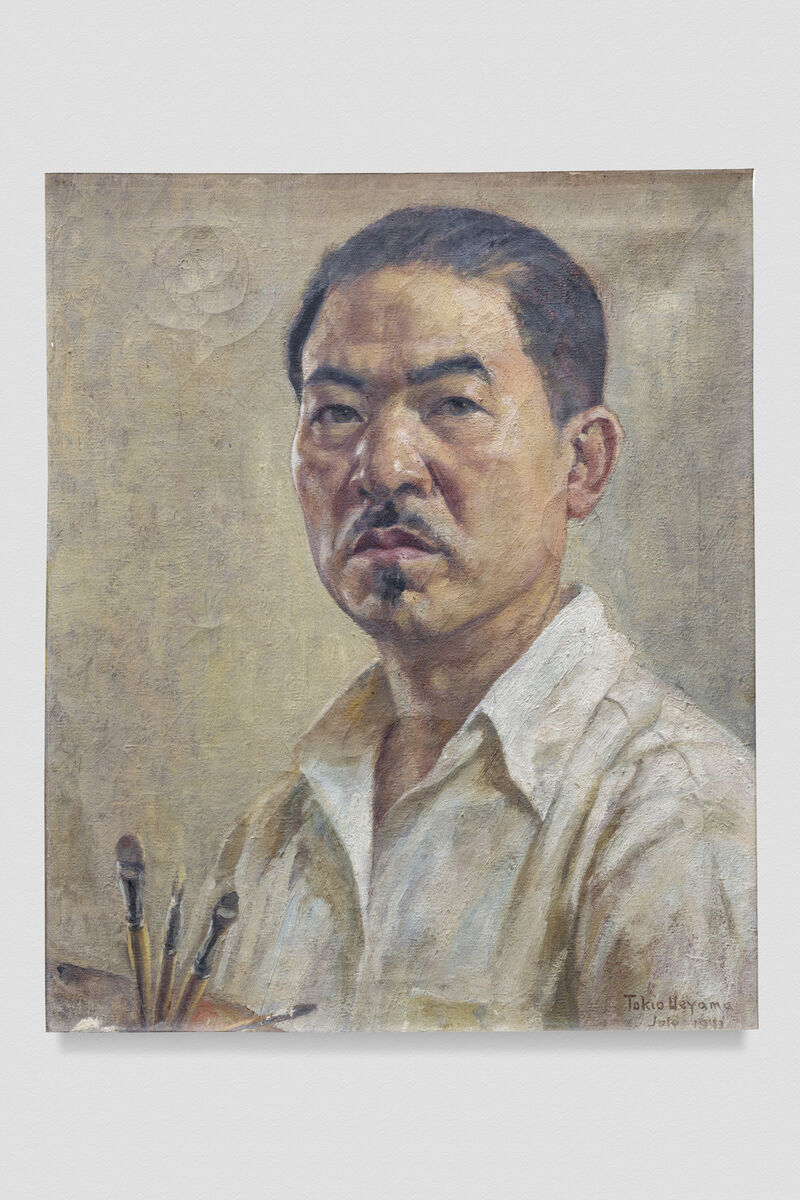
Dive deeper into the art world
Berlin: Retrospective of Nan Goldin at the Neue Nationalgalerie
A ballad of ecstasy and rehab
The Neue Nationalgalerie is honoring Nan Goldin's work from the last 45 years with a comprehensive exhibition. The photographer conquered the art world with her snapshot aesthetic and is considered one of the most influential artists of our time. Nan Goldin: This Will Not End Well can be seen in Berlin from November 23.
November 22, 2024
London, Tate Britain
»The 80s: Photographing Britain«
It was one of the most moving decades in the history of the United Kingdom: the 1980s, characterized by strikes, protests and AIDS. Photographers documented this period and in some cases became political activists themselves through their images. The exhibition The 80s: Photographing Britain opens on November 21 at the Tate Britain in London.
November 21, 2024


















